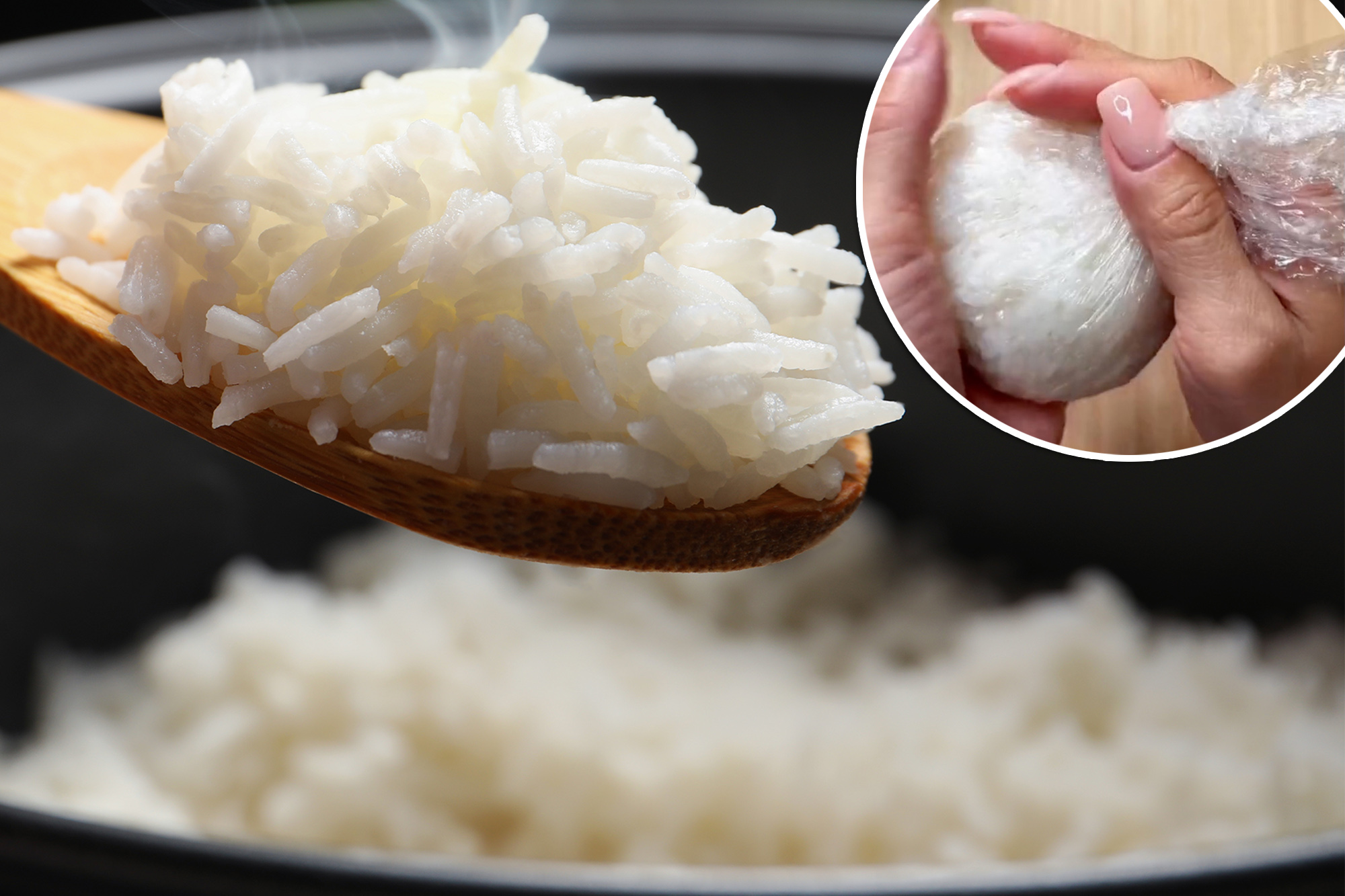
Calling all carb lovers! A TikTok chef has shared a simple hack for cutting calories from starchy foods like rice and bread without having to cut your portion sizes, and a doctor says it really works.
Linda (@mamalindacooks) shared her “Asian mom secret” to cut up to 50% of carbs and absorb calories from rice in just a few simple steps.
AND Dr. Karan Rangarajan, also known as Dr. Karan Rajan, says it’s not a myth, breaking down the science to back it up.
“If you love rice and you love leftovers, this will be your favorite food science hack,” he told his 5.2 million followers.
“Almost any leftover carb-rich rice, bread, pasta, potatoes, legumes, oats when you cook it and then refrigerate or freeze it and then reheat it will now magically contain fewer calories.”
The magic he’s talking about is technically a chemical process called retrogradation.
As Rajan explained, after being cooled and heated, many starches in high-carbohydrate foods become resistant to digestion in the small intestine. Instead, they move to the large intestine, where gut bacteria can ferment them.
“These carbohydrate residues become an unsuitable fiber, known as prebiotics. They feed beneficial bacterial species such as bifidobacteria and Lactobacillus,” he said.
Rajan said that resistant starch improves bowel regularity and stool bulk and may even reduce the risk of colon cancer.
Further, and to the benefit of diabetics, resistant starch has a lower glycemic impact: “This means it can reduce the rise in blood sugar after meals and help maintain stable blood sugar levels.”
Because resistant starch ferments in the gut more slowly, it promotes satiety and can support portion control and weight management.
Rajan noted that green bananas are a great source of resistant starch if you want the benefits without the hassle of cooking.
If you go the rice route, proceed with caution, as you can become seriously ill with fried rice syndrome if you fail to get the right medicine. precautions.
Rice can contain spores of the common bacterium Bacillus cereus, which can release toxins that cause two types of foodborne illness, diarrhea and vomiting.
According to the Food and Drug Administration, about 63,400 cases of Bacillus cereus diseases are reported in the US every year. Although the phenomenon is known as fried rice syndrome, it can also affect pasta and potatoes.
Symptoms may appear within six to 12 hours. Although not life-threatening, serious infection is more likely in immunocompromised people. In extreme cases, it can lead to liver failure.
Bacterial growth can result from not refrigerating rice soon enough after cooking, keeping it in the refrigerator for too long, or not reheating it properly.
Start by cooking the rice over high heat. Bacillus cereus thrives in the temperature range of 40 to 140 degrees Fahrenheit, which is often called the danger zone.
When you’re done, don’t leave the rice at room temperature for more than two hours or more than an hour at warmer temperatures (like in a spray).
Store in a sealed container, refrigerate and use or throw away within 3-4 days.
Tips for cooking rice safely
- Cook smaller batches of rice in a rice cooker instead of one big batch.
- If you keep the rice in a rice cooker at keep-warm temperature, use a thermometer to make sure it stays at least 150 degrees.
- Do not put a hot pot covered with rice in the refrigerator, use several smaller containers.
- Once the rice is in a container, refrigerate immediately.
- When in doubt, throw it out.
#Asian #moms #secret #cuts #carbs #prevents #colon #cancer
Image Source : nypost.com